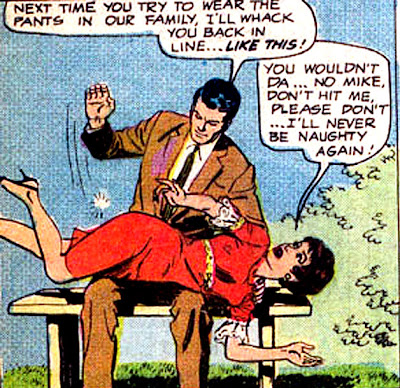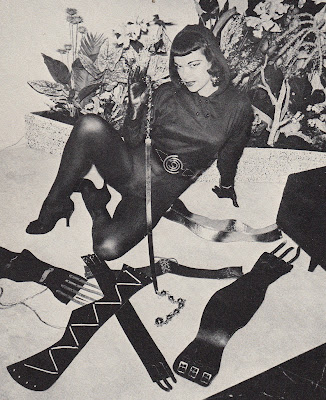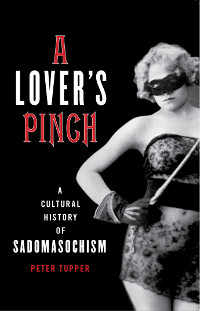From Žižek’s “Organs without Bodies – Gilles Deleuze”:
And one finds a similar obscene subtext even where one would not expect it – in some texts which are commonly perceived as feminist. In order to confront this obscene “plague of fantasies” which persists at the level of “subliminal reality” at its most radical, suffice it to (re)read Margaret Atwood’s The Handmaid’s Tale, the distopia about the “Republic of Gilead,” a new state on the East Coast of the US which emerged when the Moral Majority took over. The ambiguity of the novel is radical: its “official” aim is, of course, to present as actually realized the darkest conservative tendencies in order to warn us about the threats of Christian fundamentalism – the evoked vision is expected to give rise to horror in us. However, what strikes the eye is the utter fascination with this imagined universe and its invented rules. Fertile woman are allocated to those privileged members of the new nomenklatura whose wives cannot bear children – forbidden to read, deprived of their names (they are called after the man to whom they belong: the heroine is Offred – “of Fred”), they serve as receptacles of insemination. The more we read the novel, the more it becomes clear that the fantasy we are reading is not that of the Moral Majority, but that of feminist liberalism itself: an exact mirror-image of the fantasies about the sexual degeneration in our megalopolises which haunts members of the Moral Majority. So, what the novel displays is desire – not of the Moral Majority, but the hidden desire of feminist liberalism itself.
So, it’s not just fantasies that reflect reality, but fantasies that reflect each other. Moral Majority types have their dystopian fantasies of women stolen away by dark Others, and fantasize utopias of patriarchal order. Liberal feminists have their dystopian fantasies of the world the Moral Majority would create, a masochistic fantasy of defeat and vindication.


